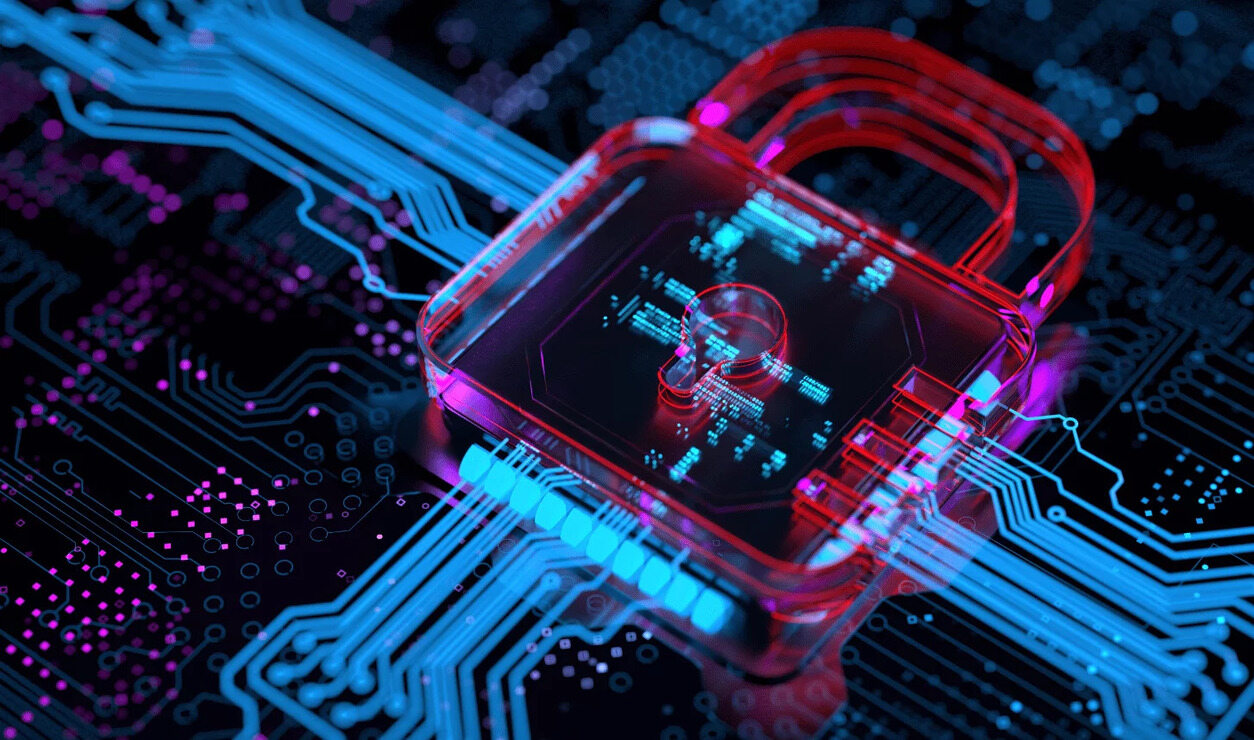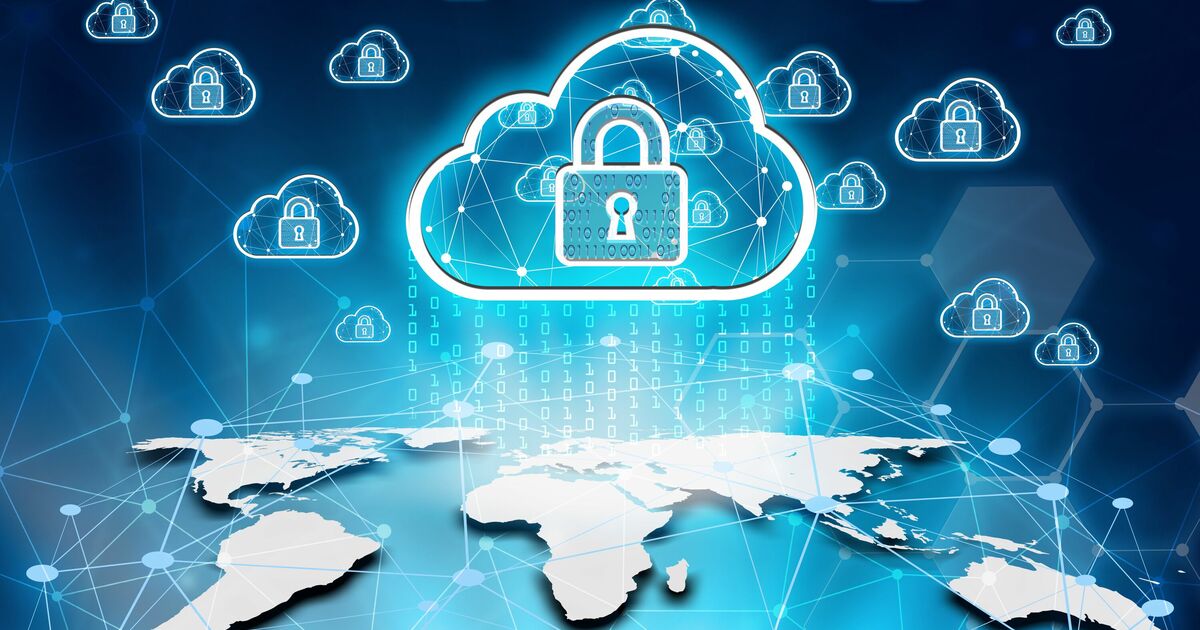Why Securing Data in Grid Networks Deserves Attention
Distributed grid computing allows many systems to work together on complex problems. This shared approach boosts power and efficiency, but it also comes with risks. Data moves across multiple machines, often in different locations, which makes it vulnerable if not handled carefully.
The more systems involved, the more chances there are for things to go wrong. A weak connection, a misconfigured setting, or outdated software can open the door to data theft or loss. That’s why making sure data transfers are safe isn’t just a good practice—it’s a core part of grid computing. Implementing Collaborative Security practices across all nodes helps ensure that vulnerabilities are addressed collectively, not in isolation.
Without strong protection in place, even a well-designed system can fall apart. Security gaps can break trust, stop projects in their tracks, and lead to serious costs for everyone involved.
Understanding the Path Data Takes
Before protecting a system, it helps to understand how data travels within it. In grid computing, data flows between local and remote machines. These transfers might include input files, job results, or sensitive configurations that keep everything running.
Each time data moves, it crosses several network points. These include internal routers, firewalls, and internet service links. If any step in the chain is exposed, the data could be intercepted or tampered with.
Think of it like passing a note in class. If someone grabs it before it reaches the final desk, they can read or change it. Securing each step in the path ensures the note arrives safely and exactly as written.
Encryption Keeps Information Private
One of the most basic ways to protect data during transfer is by using encryption. This process changes readable information into a scrambled format. Only systems with the right key can turn it back into something useful.
In grid computing, encryption makes sure that even if someone sees the data, they can’t understand it. This protects both the sender and the receiver from having sensitive material exposed during transit.
Using tools like SSL, TLS, or VPNs helps keep encrypted data secure. These tools don’t require major changes to existing systems, and they work in the background to provide a layer of trust between machines.
Authentication Confirms Identity
Just as encryption hides the content, authentication makes sure the right people are exchanging it. Systems need to verify that a request to send or receive data comes from someone trusted.
Authentication methods include passwords, tokens, and digital certificates. Each adds a level of assurance that users and devices are who they claim to be. Without this step, attackers could trick systems into accepting harmful or fake data.
A good example is using a smart key to unlock a car. It won’t start without the right signal. In grid computing, that same concept helps prevent false access and keeps the network safe.
Access Control Limits Who Can Do What
Beyond confirming identity, systems also need to limit access. Not every user or node should be able to reach all parts of the grid. Access control allows planners to create roles and permissions, reducing the risk of accidental or intentional damage.
A technician might have rights to upload software updates, while a student researcher might only read job results. Each role is given just enough access to do its job—no more, no less.
This approach keeps systems safer by reducing the number of paths a hacker or mistake could follow. It also supports accountability, since every action can be tied to an authorized role.
Integrity Checks Catch Problems Early
Data integrity means that the content hasn’t been changed during transfer. Sometimes, issues happen not because of bad actors, but due to connection problems, hardware glitches, or unexpected bugs.
Grid systems use hash functions or checksums to verify that files remain unchanged from start to finish. If even a small part of the file shifts, the system can detect it and flag the issue.
This is similar to sealing an envelope before sending it. If the seal is broken when it arrives, you know to check the contents. Integrity checks give the same kind of warning.
Secure Protocols Offer Stable Foundations
Protocols are rules for how data gets sent. Some are made for speed, while others are designed with safety in mind. Grid systems benefit from using secure protocols like SFTP, HTTPS, or GridFTP for transferring files and commands.
These protocols add features like encryption, authentication, and access control as part of their design. Using them reduces the chance of missteps and ensures the system stays aligned with best practices.
Switching from unsecured methods like plain FTP or HTTP to safer options can improve security without slowing down performance. It’s a low-cost way to increase protection.
Monitoring Keeps Watch on the Network
Even with protections in place, things can go wrong. That’s why monitoring systems are used to watch data transfers, detect unusual activity, and alert administrators in real time.
Monitoring tools can spot unexpected patterns, such as too many failed login attempts or unusual file sizes. Early detection gives teams time to act before a small issue becomes a big one.
It’s like having a guard at the gate. Not every visitor is a problem, but keeping track of who comes and goes helps protect everyone inside. Grid monitoring tools play a similar role for data.
Updates Fix Known Weaknesses
Security threats change all the time. New bugs, exploits, and software holes appear regularly. Keeping systems up to date is one of the simplest ways to stay protected.
Updating not only fixes security issues but also improves system stability. Grid networks rely on many components, and even one outdated part can create a weakness others can’t cover.
Teams that apply updates on a regular schedule have fewer security events and recover faster when something does go wrong. It’s a habit that adds lasting value to any distributed system.
Collaboration Builds a Culture of Safety
Grid computing often involves different teams, institutions, or even countries. Strong data security depends on shared habits and trust among all members of the system.
Training helps users understand the steps they can take to protect data, such as using strong passwords or handling sensitive files carefully. Clear policies guide behavior and reduce the chance of mistakes.
A research team working across two universities, for example, can agree on shared encryption methods and access rules. This creates a consistent approach, no matter where the data travels.
Protecting Grid Transfers Strengthens the Whole System
Data transfers are at the heart of grid computing. When they’re secure, everything else flows better—faster jobs, fewer errors, and smoother collaboration. When they’re not, the whole system can break down.
By using encryption, verifying users, setting permissions, and keeping systems current, teams can build strong habits that keep their networks safe. These practices don’t require large budgets or new hardware—just thoughtful setup and regular care.
Safe data transfers aren’t just about security—they also help maintain trust, support innovation, and keep grid systems working as intended.



